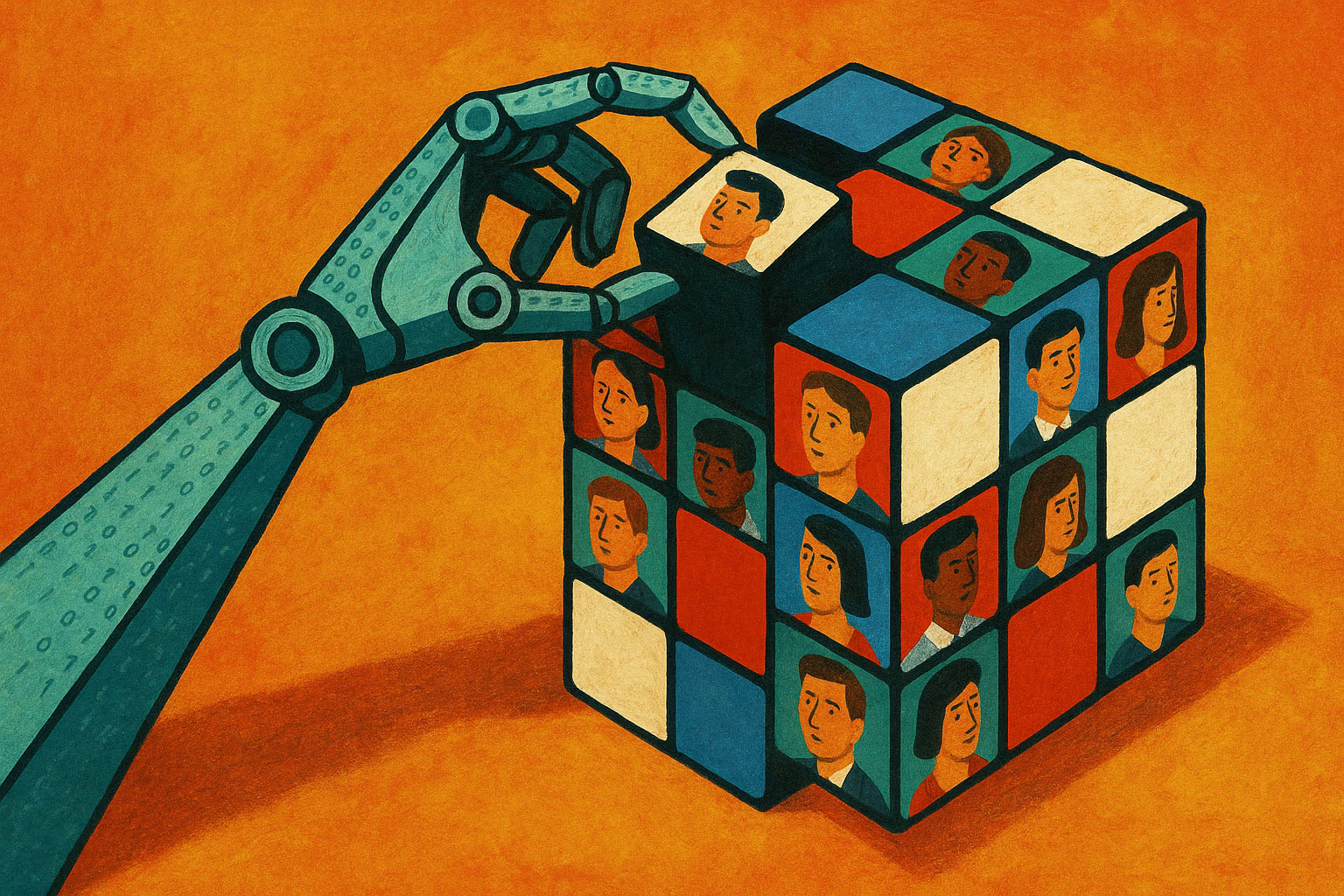According to the MIT State of AI in Business 2025 report, artificial intelligence has not yet led to mass displacement of office workers in the United States. The biggest changes are occurring in outsourcing and offshore teams: companies are moving away from contractors and business processes previously sent outside, replacing them with algorithms.
In the short term, AI could replace around 3% of jobs, but over the longer term that share may rise to 27%. The most significant shifts are in the technology and media sectors, where more than 80% of executives expect hiring cuts within the next two years.
Direct layoffs remain limited, but firms are severing contracts with BPO providers and outside agencies. The savings are substantial: outsourcing costs are falling by $2–10 million annually. In one case, an AI tool costing just $8,000 generated annual savings of $8 million. Half of AI budgets are being directed toward sales and marketing, though the greatest returns are in back-office automation.
AI Profile

Managers Are Increasingly Relying on AI for Firings, Promotions, and Bonuses
Algorithms Are Shaping Employees’ Lives Despite Lacking Training and Oversight

If AI Lets Us Do More in Less Time—Why Not Shorten the Workweek?

Companies Introduce AI With the Threat of Layoffs
But That Strategy Risks Undermining Trust and Demotivating Staff

Managers Now Supervise Twice as Many Employees as Five Years Ago
Companies Are Cutting Middle Management and Offloading Tasks to AI and Remaining Staff
Despite some successes, 95% of organizations investing in generative AI have yet to see direct financial returns. Even so, companies report productivity gains that may, over time, translate into profit.
For investors, the key question is whether businesses can harness AI to cut costs without triggering mass layoffs. That would amount to a “golden scenario” for the economy—rising revenues without the social shock of widespread job losses.
